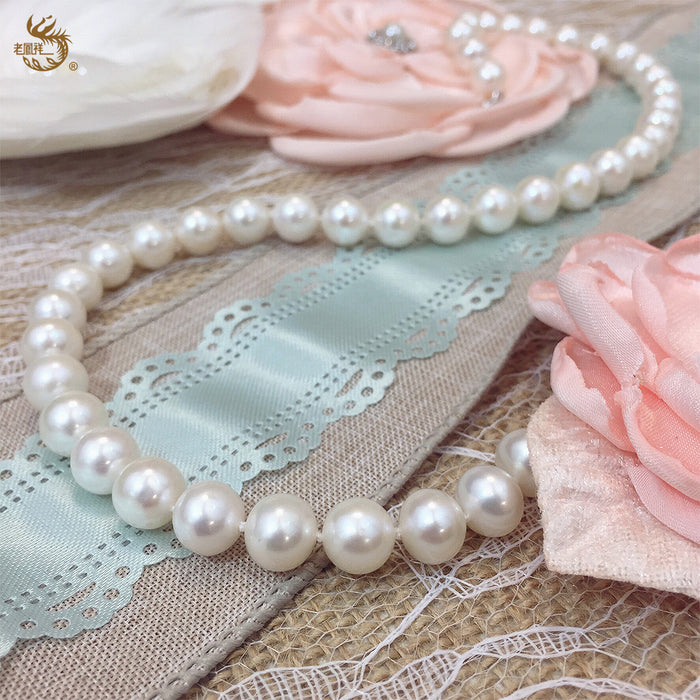THE BEAUTY OF PEARLS…

Pearls are the only gemstones made by living animals! Every pearl is unique, no two are alike and all have some imperfections….kind of like us! But what exactly is a pearl? How is it formed and where do they come from?
Oysters or mollusks make a pearl when something like a tiny rock or grain of sand has lodged inside their shell and is irritating them. The oyster will start to coat this irritant with nacre or mother of pearl until it stops bothering them. This is how formation begins and can take up to 7 years to complete as a solid, lustrous pearl.

There are many types of pearls, here are the four most common:
Akoya – is the most commonly known pearls traditionally measuring from 2mm to 11mm in diameter. Japan and China both produce saltwater Akoya cultured pearls.

Freshwater – Are produced in sizes ranging from 4mm to 18mm. These pearls are found in freshwater lakes and ponds. China and the US are the leading sources.

South Sea – Measuring from 8mm to as large as 20mm South Sea pearls are traditionally found in Australia, Indonesia, and the Philippines.

Tahitian – Tahitian pearls can be found measuring anywhere from 8mm to 14mm. Located in French Polynesia, the most familiar being Tahiti.

Did you know? Cultured or freshwater pearls are considered to offer the power of love, money, protection, and luck. Pearls are thought to give wisdom through experience, to quicken the laws of karma and to cement engagements and love relationships. They are thought to keep children safe.
Pearls have been coveted as symbols of wealth and status for thousands of years. In 2206 BC a Chinese historian recorded the oldest written mention of these beautiful spheres. Through the centuries, the demand for pearls became increasingly desired by royalty and wealthy families in Asia, Europe and elsewhere.

How are Pearls graded?
The following features establishes the value of each type of pearl:
- Luster – Pearls with high luster have bright reflections on the surface.
- Surface Characteristics – This represents the number of blemishes or imperfections on the pearls surface.
- Shape – Round pearls are the most valued along with symmetrical drops, like tear drops.
- Color – White has been the most classic but appreciation has grown for more unusual natural colors.
- Nacre Thickness – The more layers of nacre on the pearl, the higher the luster and also more durable.
- Size – Cultured Pearls range from 2mm to 16mm in diameter, depending on the shell size of the mollusk.
Did You Know? Cleopatra won a bet that she could provide Marc Anthony with a banquet worth more than the assets of a country. She took off a pearl earring, dissolved it in wine and drank it!

Caring For Your Pearls
Caring for your pearls is simple, but extremely important to ensure they last a very long time
- Pearls should never be cleaned in an ultrasonic or steam cleaner. Occasionally Pearls can be washed in warm soapy water and dried with a soft cloth. If the pearls are strung, wait for the silk to dry completely before wearing.
- When storing pearls, wrap in a soft cloth if enclosed with other gemstone jewelry. This will prevent the nacre becoming scratched.
- Storing pearls in a safety deposit box for extended periods of time is not advisable. Pearls love to be worn and need
While occasionally minimalist but sometimes daring, pearls will always be an elegant, timeless choice. From the symbolic white pearl necklace to lavender and peach tones, Lao Feng Xiang Jewelry will find you the perfect pearl.



